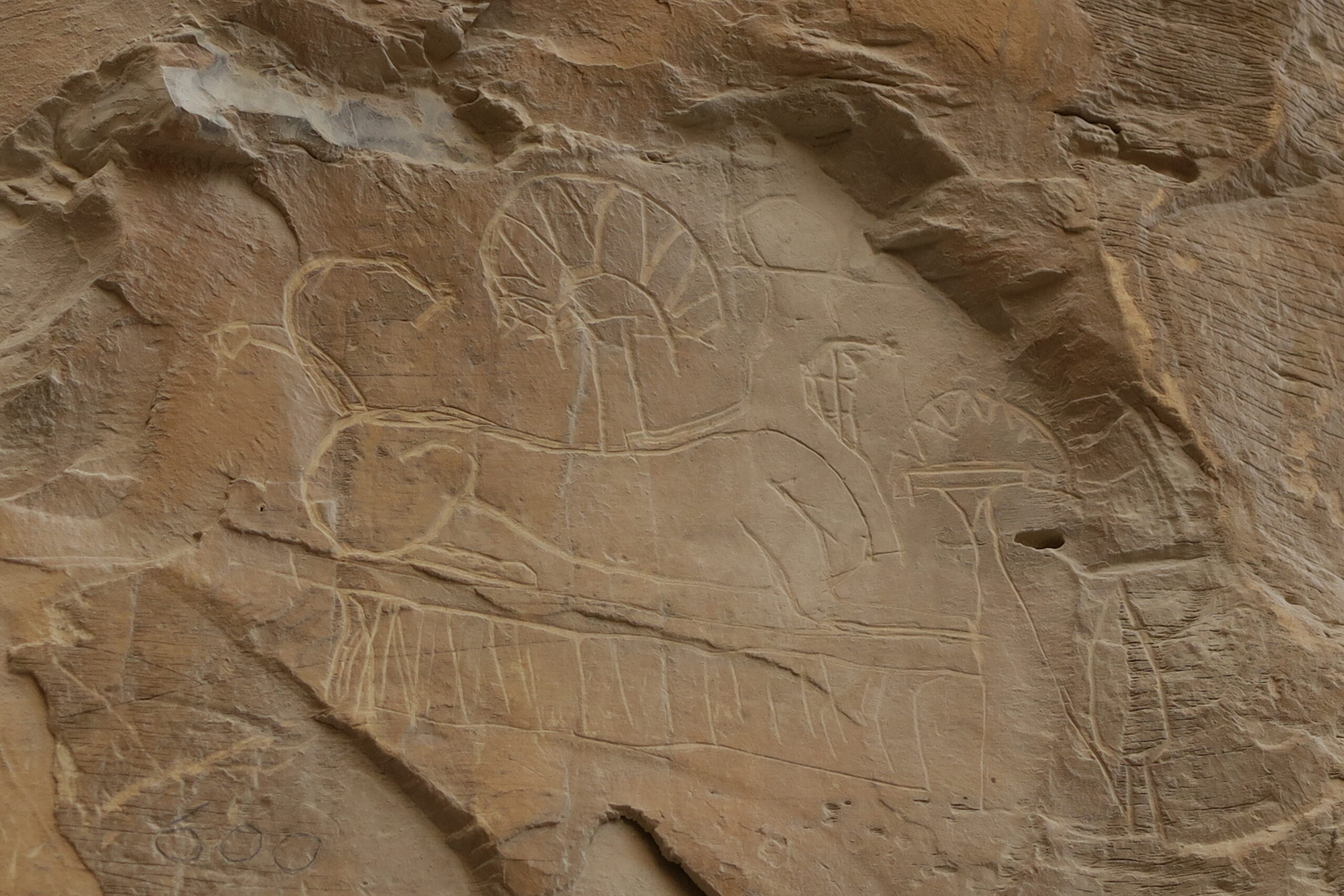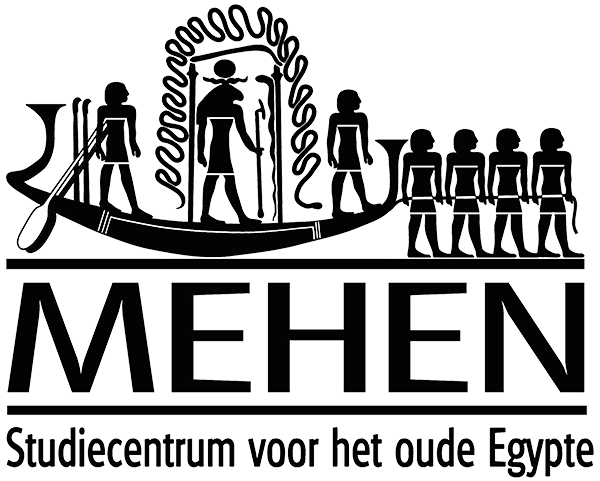Studiemiddag graffiti en merktekens

Studiemiddag “Graffiti en merktekens”.
Zaterdag 23 maart van 14.00 – 16.30 uur, in de Nehalenniazaal van het RMO te Leiden. Toegangsprijs voor donateurs van Mehen € 15,=, voor niet-donateurs € 20,= en voor studenten € 7,50 (exclusief entree van het RMO).
Prof. Dr Andreas Dorn, Uppsala: If walls could speak: Graffiti attesting the (un)successful search for royal and other tombs by Thutmose, Butehamun and his sons
The Theban Necropolis is one of the most fascinating burial sites in ancient Egypt. The architect Inneni, who lived at the beginning of the 18th Dynasty, stated in his biographical text that he built royal tombs in remote, hidden areas. In addition to the Valley of the Kings, the desert valleys to the west of it have also been identified as hidden places where tombs for kings and members of the royal family were built. Some of these tombs remained undiscovered and intact for several generations, but others, such as the tomb of Thutmose IV, appear to have been partially looted at the end of the 18th Dynasty during the Amarna period. This can be deduced from a dipinto (a graffito written in ink) attesting to an inspection of the tomb during the reign of King Horemheb. The next tomb violations are known from the so-called tomb robbery papyri, which record the illegal looting of royal tombs during the reign of Ramses IX. Two generations later, the royal tombs as well as other tombs were systematically searched and deprived from their valuables by the offspring of the tomb builders of 18th–20th dynasty, namely Thutmose, Butehamun and his sons Pakhynetjer, Ankhefenamun and Nebhepet. During their work, they left hundreds of graffiti related to the search and discovery of tombs. The presentation focuses, on the one hand, on the creation of these graffiti, their relationship to the landscape and other features and, on the other hand, on the fear expressed in prayers to Amun, the desire to find sarcophagi and other stories that they tell us between the lines.
Dr. Ben Haring, Leiden: De merktekens van de koninklijke grafarbeiders in het Nieuwe Rijk
Naast de uitzonderlijke hoeveelheid schriftelijke papyri, ostraka en graffiti uit de nederzetting Deir el-Medina en omringende valleien, hebben de arbeiders die de Nieuwerijks koningsgraven aanlegden duizenden objecten nagelaten, inclusief honderden ostraka en graffiti, die zijn voorzien van hun individuele merktekens, al dan niet in combinatie met schrift. In de afgelopen jaren is veel bekend geworden over dit ‘pseudoschrift’, dat het mogelijk maakte voor minder geletterden om eigendommen te markeren, administratieve teksten op te stellen en om hun aanwezigheid op muren en rotswanden te vereeuwigen. In de archeologische magazijnen van Deir el-Medina blijft nieuw materiaal met merktekens opduiken. De lezing gaat in op de betekenis en het gebruik van de tekens, en op het voortgaande onderzoek ernaar aan de schrijftafel en ter plaatse.

